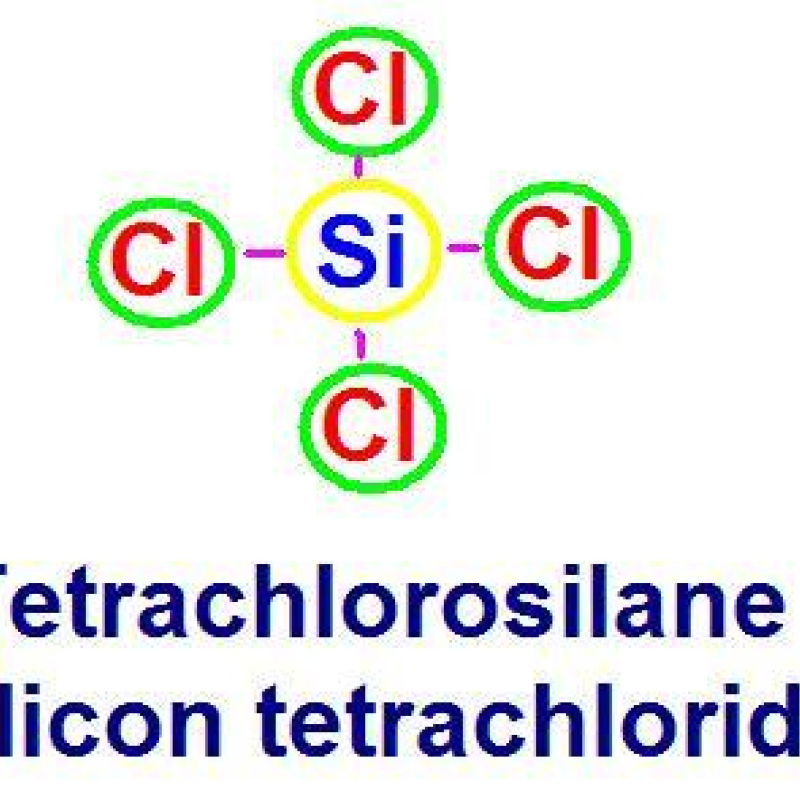Dicyclohexylamine Replacement Reaction
The main by-product is N-subcyclohexylcyclohexylamine, and its formation path includes DCHA dehydrogenation, cycloheximide condensation, etc. It can be seen that dehydrogenation is one of the paths to generate N-subcyclohexylcyclohexylamine. Therefore, inhibiting the dehydrogenation activity of the catalyst and increasing the hydrogenation activity can reduce the formation of by-products. Due to the conjugation effect, N-subcyclohexylcyclohexylamine can be substituted with aniline to produce more stable N-subcyclohexylamine. The boiling point of the product is significantly different from that of DCHA, which is conducive to DCHA separation and reduces the content of N-subcyclohexylamine in the product. As N-subcyclohexylamine is the main intermediate of the reaction, it can be recycled and returned to the reactor for hydrogenation to regenerate DCHA, which is beneficial to improve economy. In addition, the CHA generated by the replacement reaction can also be recycled.
DCHA at home and abroad is usually a by-product of CHA production. In the process of CHA synthesis by aniline hydrogenation, about 10% of DCHA can be obtained by by-product. In addition, according to the different catalysts, the yield of DCHA prepared by aniline hydrogenation can reach up to 70%, and the yield of cyclohexylamine (CHA) is 30%.
Benzene, cyclohexane, cyclohexanol, N-cyclohexylcyclohexamine, phenylcyclohexylamine and other by-products will be generated in the reaction. In particular, N-cyclohexylcyclohexylamine is difficult to separate from DCHA because its boiling point is very close to DCHA.







